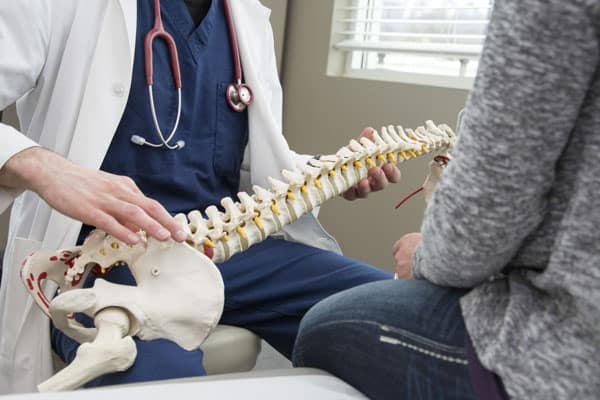Sciatica/Leg Pain Treatment Crystal Lake
What is Sciatic?
The sciatic nerve is the largest nerve in the body and runs from the lower portion of the spine, through the buttocks and down into the thigh and lower leg. It is responsible for feeling and movement in the major muscles of the hamstring, lower leg, and foot.Irritation of the sciatic nerve at any point along its path is commonly referred to as “sciatica”.
Symptoms are distinctive; excruciating low back pain that travels down into the buttocks, legs and feet and is often accompanied by numbness, tingling or burning.
Sciatica sufferers may experience shooting pains merely walking, bending at the waist, sitting, sneezing, coughing or laughing. Severe cases can lead to weakness in the legs, bowel and bladder problems or paralysis.
Our experts in Crystal Lake are well versed in sciatica pain treatment and will provide you with sciatica pain relief. Contact our skilled chiropractors today to begin your leg pain treatment and start feeling better.
Other conditions that put pressure on the sciatic nerve, include:
Condition
Details
Causes

Diagnosis & Treatment
A diagnosis of sciatica does not indicate the point of nerve entrapment, it simply identifies the likely source of the problem. The two most common sites are where the sciatic nerve originates at the spine and where the nerve passes under the piriformis muscle. A comprehensive health exam, palpation of the spine and x rays can help your chiropractor determine the type of the techniques to target your specific symptoms.
Treatment may include a combination of:
stretching exercises, cryotherapy, ergonomic lifestyle changes, massage and chiropractic adjustments
to release the pinched sciatic nerve. As your body responds, the treatment scope and techinques may be modified as symptoms alleviate and change.





